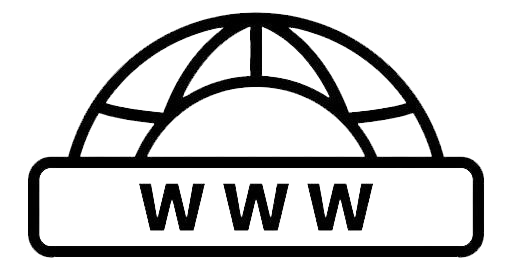Modified Date: September 26, 2024
Understanding Pagination for SEO
Pagination plays a crucial role in structuring content on websites, especially when dealing with lengthy articles or e-commerce platforms. It involves breaking down content into manageable sections or linking to related pages for better user experience and search engine optimization (SEO) purposes. Let’s delve into the key differentiations and considerations when implementing pagination strategies.
Similar Question was asked to Google Search Advocate JOHN MUELLER in the office hours 1. Content Splitting and Indexability:
When splitting content across multiple pages, ensuring indexability is paramount. Each section (e.g., Part 1, Part 2) should have clear links within the website and be easily discoverable by search engines. Avoid using canonical tags that point to other pages, as this may hinder indexing. By making sure each part is indexable, you enhance the visibility of your content in search results.
2. Linking to Related Content:
In scenarios where pagination simply involves linking to other pieces of content (e.g., e-commerce category pages), the focus shifts to providing easy navigation for users rather than unique content on each page. Consider using rel=canonical tags to consolidate indexing signals or indexing all pages if they offer distinct value. Efficient cross-linking can reduce the need for crawling every page while maintaining SEO integrity.
Impact on Crawl Budget:
Google’s crawl budget becomes a significant factor for websites with extensive page counts, typically in the hundreds of thousands or millions. In such cases, optimizing crawl efficiency is crucial to ensure all essential pages are indexed. For smaller websites with thousands or tens of thousands of pages, crawl budget management may be less critical as Google can handle the workload efficiently if server capabilities permit.In conclusion, understanding the nuances of pagination and its implications on indexability and crawl budget is vital for effective SEO strategies. By implementing best practices such as clear internal linking, indexable content sections, and efficient crawl management, websites can enhance their visibility and user experience while maximizing search engine performance.
In short, When considering pagination, it’s important to distinguish between two main scenarios:
Splitting Content: This involves breaking down long articles or content into multiple pages. In such cases, ensuring that each page is indexable is crucial. This means providing clear links between different parts of the content (e.g., part one, part two) and avoiding canonical tags that redirect to other pages. The goal is to make all segmented content easily discoverable by search engines.Navigational Links: This scenario pertains to pages where the primary purpose is to provide links to other pieces of content, such as category pages on an e-commerce site. While these pages may not contain unique content on each subsequent page, ensuring findability and crawlability is still important. Strategies to manage this include indexing all pages, or using rel canonical tags to consolidate indexing efforts, directing search engines back to the primary page of the set.
Ultimately, the aim is to optimize crawl efficiency by minimizing the number of pages that need to be indexed, while still ensuring that all relevant content is discoverable and accessible.

